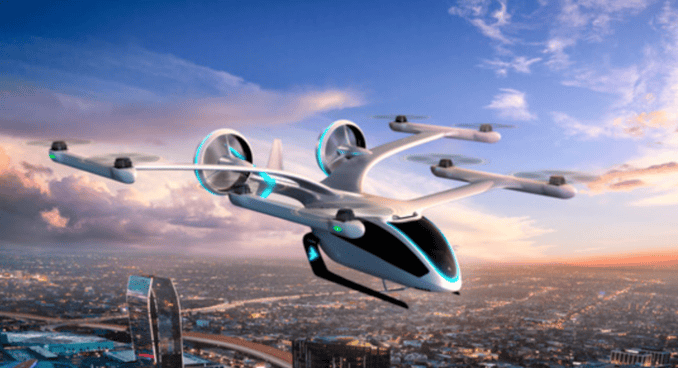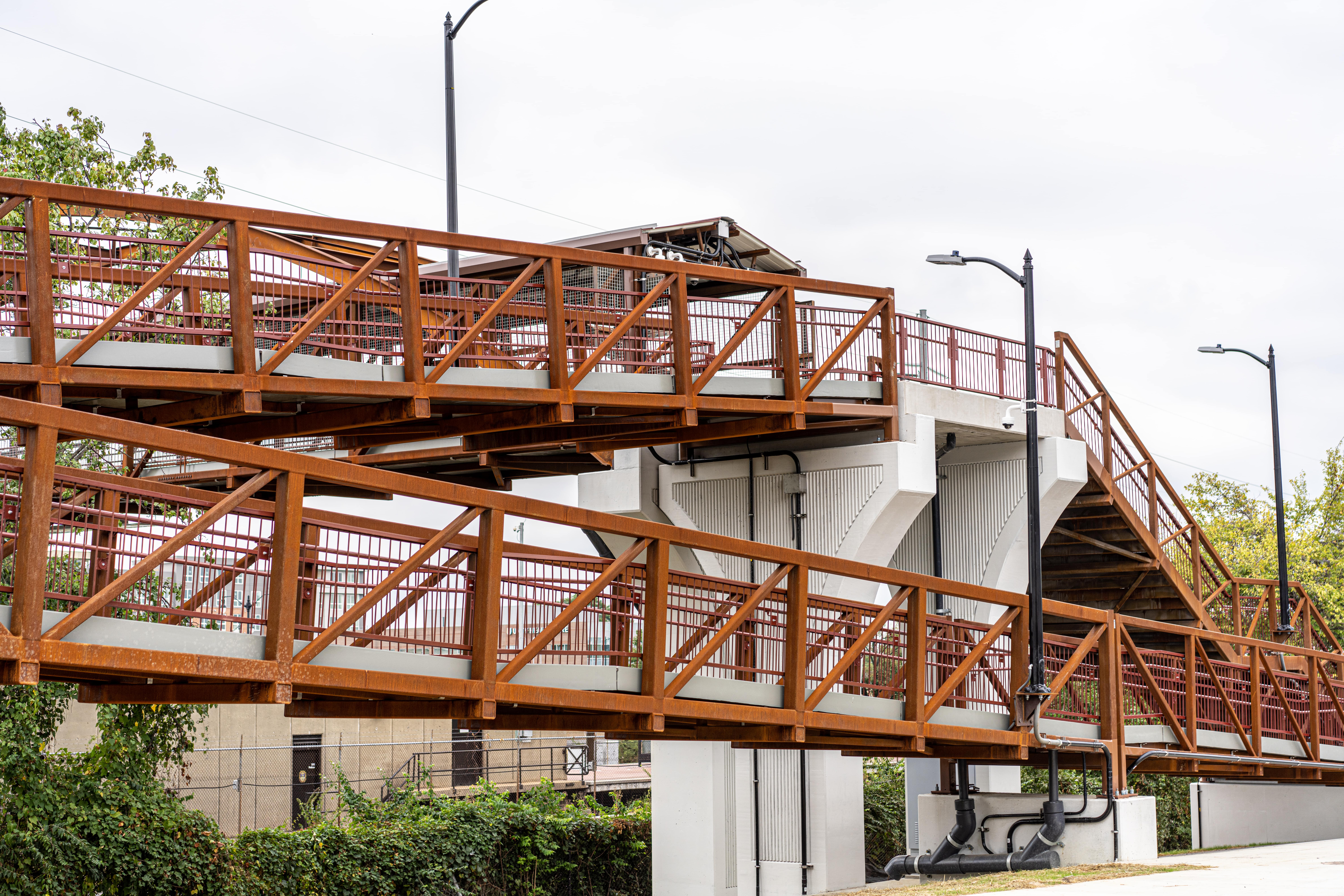
When the Hanna Barbara cartoon ‘The Jetsons’ debuted in 1962, the year was 2026. George Jetson traveled to work in a flying car that folded up and fit in his briefcase. Repulsorlift vehicles—featured in the iconic Star Wars franchise created by George Lucas—used skylanes to move in and out of dense traffic and maneuver between towering buildings on urban planets like Coruscant. Urban Air Mobility (UAM) is no longer the stuff of science fiction and fantasy. Electric vertical take-off and landing (eVTOL) aircraft are designed to hover, take off and land vertically. These air taxis will support short-haul transport of passengers or cargo at lower altitudes in urban and suburban areas. eVTOLs’ electric operation will also reduce emissions and noise pollution and minimize long commutes in heavily populated areas.
Lightweight, fire-resistant landing platforms and access structures
By 2019 more than 200 companies had begun work on designs for eVTOL platforms. According to Deloitte, the U.S. passenger eVTOL market is expected to reach U.S. 17.7 billion by 2040. Several factors are driving the rapidly emerging market. Materials and manufacturing techniques such as lightweight composites and 3D printing, the development of electric engines, battery and fuel cell technology, and the birth of autonomous and artificial intelligent systems have put the necessary tools into the hands of manufacturers. In addition to technological advances, airspace management, safety, regulation and standards are also being established.
Infrastructure development from vertiports and charging stations to building takeoff and landing zones are part of the comprehensive air system new mobility usages will need. Conventional aluminum and concrete helipads might serve as transition structures for eVTOLs, but the quantity of these landing zones is limited and not always accessible to the ride-sharing public. In February 2020, private heliports in the U.S. totaled 5,842.
Fiber Reinforced Polymer (FRP) composite platforms that can be installed on top of parking garages and commercial buildings offer the industry a number of advantages. The advanced material’s design flexibility means FRP platforms and access structures can be tailored to fit any situation. Lightweight, corrosion and fire resistant, an FRP air mobility landing pad uses a fiber reinforced core sandwich panel bolted to steel support beams to withstand bending and crushing loads. The molded, integral structure has an embedded high-strength steel tube with tie-down ring for the eVTOL, a non-slip overlay and an optional snowmelt layer.
Resilient to extreme weather, FRP has a lifecycle of 75 years. For owners and operators, minimal maintenance means long-term cost savings and low embodied energy. FRP is also suited to ancillary structures like access walkways and lightweight, deployable panels for wind and prop backwash protection. Functional features include a cross-slope of up to two percent per NFPA 418 Chapter 5.3 and drainage systems that include curbs, scuppers, trenches or grating covers.
Certain FRP systems provide material non-combustibility for safe egress of passengers in case of fire. Fire hazard analysis evaluates the behavior of the FRP platform and the time required for passengers to exit the platform. Intumescent coating suitable for exterior environments enhances the FRP platform’s behavior when exposed to fire.
Creative Composites Group (CCG) has demonstrated the proven processes and design flexibility of its FRP materials, structural shapes and molded sandwich panels in its mass transit platforms, bridges and bridge decking, access structures, and rooftop cooling towers. In addition to CCG’s innovative design and engineering experience, its manufacturing processes include pultrusion, filament winding, vacuum infusion and hand layup.
If you are a system supplier or mobility operator interested in lightweight, fire and corrosion-resistant FRP landing platforms, call us today. We would love to talk with you about your needs.
